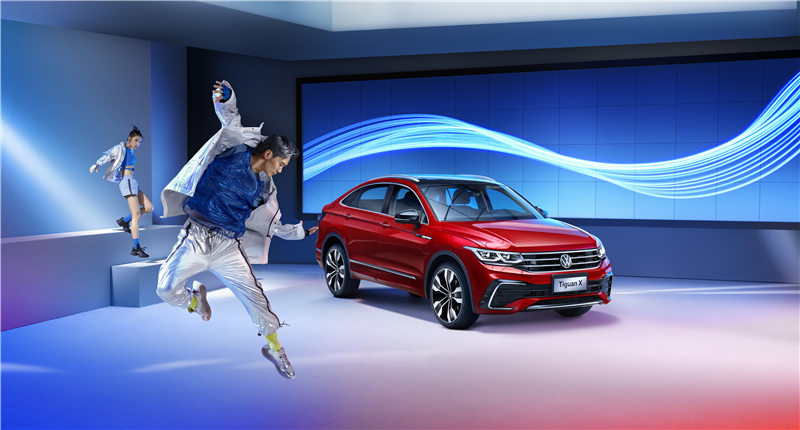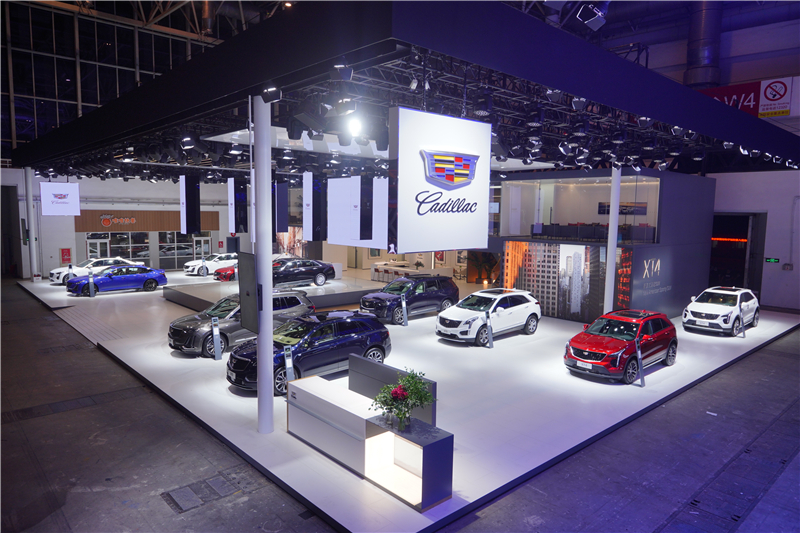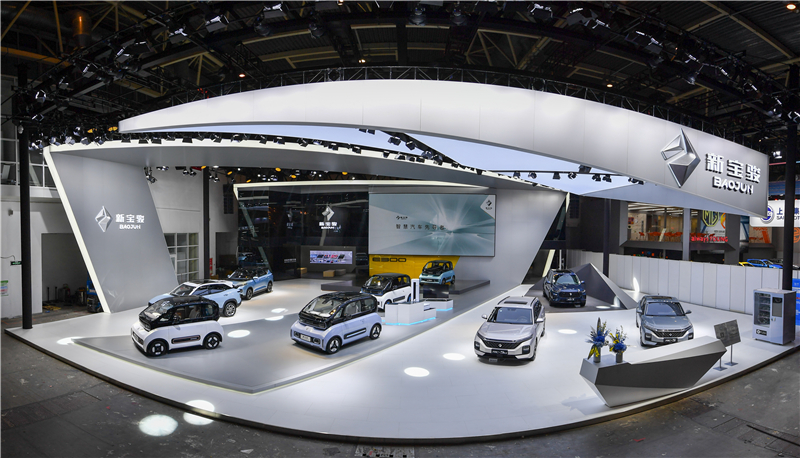SAIC Motor showcases latest vehicles at Beijing Auto Show
China's largest carmaker, SAIC Motor, displayed more than 100 of its new vehicles at the 2020 Beijing International Automotive Exhibition, which kicked off on Sept 26.
SAIC Motor's total exhibition area was about 9,000 square meters and was located in the E2, W3, and W4 exhibition halls.
The company showcased its latest products, including the world's first hydrogen fuel cell MPV EUNIQ7, the third generation MG6 PHEV, SAIC Volkswagen's Tiguan L and Passat plug-in hybrid vehicles, the pure electric SUV Buick Velite 7, the plug-in hybrid vehicle Buick Velite 6, Chevrolet's Menlo, which features crossover and sporty coupe styles, Roewe's luxury MPV iMAX8, the MG-branded SUV Linghang, SAIC Volkswagen's high-end sedan SUV Tiguan X, the Cadillac CT6, and the smart vehicle Baojun Biu.
The "global pure electric ESUV" MG EZS will also be on display at this year's Auto China show. It is among the UK's top three best-selling new energy vehicles and also boasts strong sales in the Netherlands and Norway, making it the most successful Chinese car brand in Europe.
Hydrogen fuel cell MPV steals spotlight
As the domestic "triathlon champion of new energy", SAIC Motor has world-class research and development capabilities in pure electricity, plug-in electricity, and fuel cell technology, and has launched dozens of new energy vehicle products for passengers and commercial use.
SAIC is currently developing a new generation of lightweight, modular, platform-based, and extremely safe core technologies and pure electric products for mainstream market segments to solve problems related to mileage, charging, and safety that users are most concerned about.
It also continues to promote the technological upgrading of hydrogen fuel cell stacks and systems, and to improve the quality, performance, and safety of new energy products through technological progress.
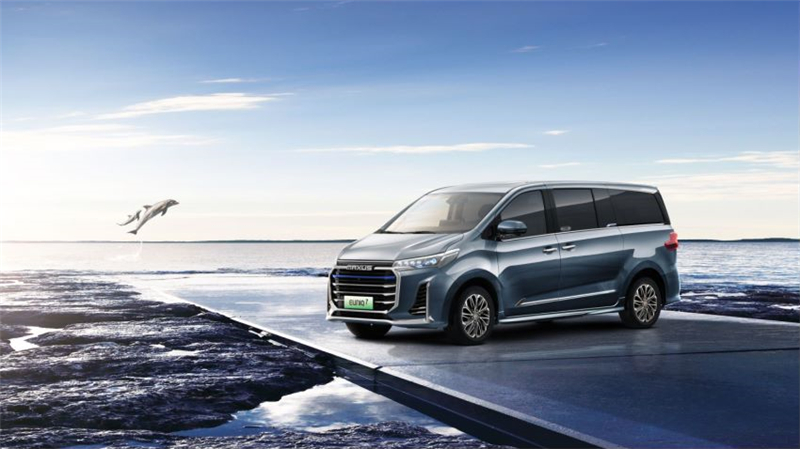
The Maxus EUNIQ 7 on display in the E2 hall is equipped with s third-generation fuel cell system called PROME P390, which was developed by Shanghai Hydrogen Propulsion Technology Co., Ltd, a high-tech enterprise established by SAIC Motor.
Its technical indicators, such as power, power density, and low-temperature starting, are comparable to Toyota and Hyundai, which lead the world in this regard.
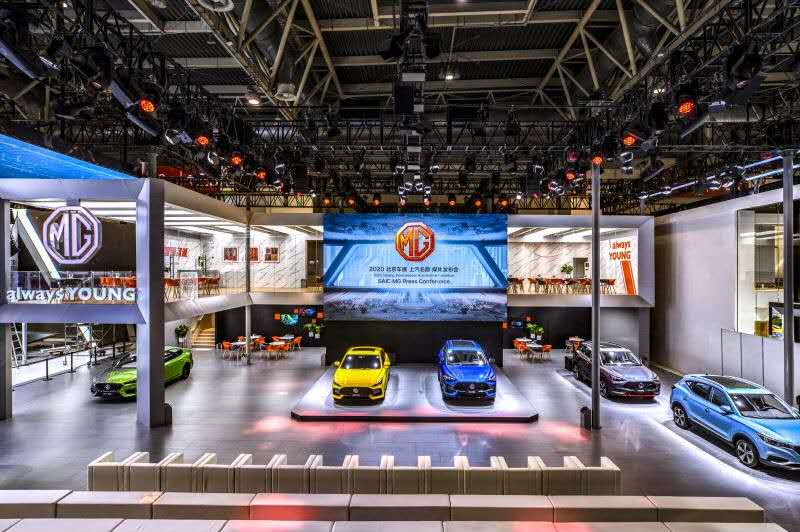
The MG6 PHEV in the E2 hall has a pure electric range of 70 kilometers, meeting people's daily commuting needs. Minimum comprehensive fuel consumption for 100 km is only 1.1L. The vehicle is also equipped with the second-generation 10-speed EDU intelligent electric-drive gearbox, which can achieve a 0.2-second dynamic response with a transmission efficiency of over 94 percent. It is extremely smooth, efficient, and energy-efficient.
The car also has a 305PS high-performance plug-in hybrid power system that is capable of breaking 100km in just six seconds. Furthermore, with the support of the XDS curve dynamic control system and the ESC electronic stability control system, the MG6 PHEV can be described as "both speedy and safe."
SAIC highlights intelligent network technology
SAIC Motor is a domestic leader in intelligent network technology. Early in 2016, it cooperated with Alibaba to launch a new category of Internet cars, and has sold more than 1.8 million vehicles so far.
This year, SAIC's "5G+L4" smart heavy duty trucks started commercial operations at Yangshan Port in Shanghai. With the help of 5G and L4-level unmanned driving technology, it plans to transport 20,000 standard containers within the year. It is expected to double the traffic capacity of the Donghai Bridge.
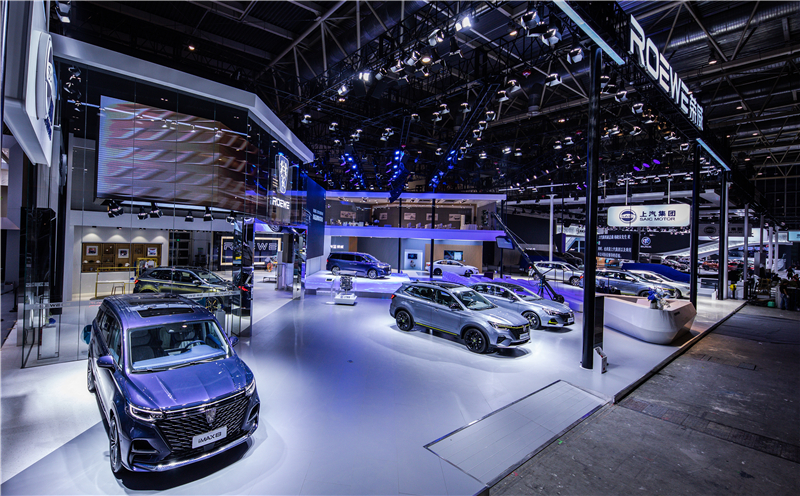
The mass-produced model Roewe MARVEL-R, equipped with 5G technology and L3-level automatic driving assistance systems, was launched in May.
SAIC brands claim large overseas market share
The pure electric SUV MG EZS is SAIC's first automobile product aimed at the global market, and it is one of the most famous Chinese car brands in Europe. Currently, the MG EZS ranks among the top three brands in the UK's new energy market, and it also ranks near the top among car brands in the Netherlands, Norway, and other markets.
SAIC, as China's first automaker to "globalization" with a systematic plan, has built a full value chain for the overseas automotive industry, including innovative R&D centers, production bases, marketing centers, supply chain centers, and financial companies.
The company's products and services have entered more than 60 countries and regions around the world, and it has established more than 750 overseas marketing service outlets, claiming a large market share in Thailand, Britain, Indonesia, Chile, Australia, New Zealand, and the Middle East.
Over the years, SAIC's overseas sales have consistently ranked first in China. There is a saying that goes "For every three Chinese cars sold overseas, one is made by SAIC."
In the process of "going global", SAIC's products and services adhere to a path of differentiated development and strive to establish new competitive advantages by bringing leading domestic new energy and intelligent network technologies overseas.
In the past two years, its self-owned brand new energy vehicles, such as MG and MAXUS, have successfully entered the European market, which has very stringent standards. This year, the monthly sales of SAIC's new energy vehicles in Europe have jumped into the thousands, with a total sales volume of nearly 8,000.
Meanwhile, SAIC has also developed an "iSmart" Internet of Vehicles system for overseas markets. After the first overseas Internet car product was launched in Thailand, it became popular among young consumers there. The "iSmart" car networking system has already been installed in more than 30 overseas models and has been activated by over 75,000 users in regional markets such as Southeast Asia.
